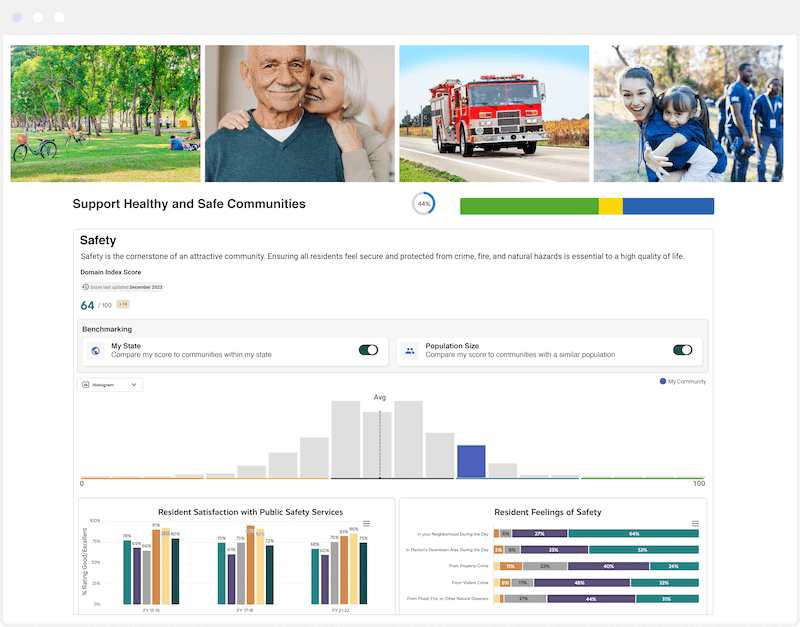Contents
Who doesn’t love a good deal?
Let’s face it, we’re all bargain hunters to a certain degree. It’s no different when buying new software for your organization. It can be awfully tempting to overlook components like implementation services, and lean towards the vendor that is offering a free implementation. In fact, local governments are often bound by formal purchasing processes that significantly weight vendor scoring based on low-cost offerings. Yet there’s something inherently problematic about this approach.
Of course, there’s the time tested cliches that “if a deal seems too good to be true, it probably is” and “you get what you pay for.” But beyond these, there is a practical concern that often gets overlooked. The successful implementation of a new software application is highly dependent on the implementation services and support provided by the vendor.
Great software can easily fail without a successful implementation.
In this regard, it becomes vital that you give yourself levers to hold the vendor accountable to perform the implementation services that they are committing to.
Accepting a deal for “free implementation” removes all these levers.
The reality behind “free” implementation services
If a vendor is not being paid for their services, what motivation do they have to prioritize your project? Or what incentive do they have to promptly respond to your questions and concerns?
This becomes exponentially important when purchasing SaaS, where agreements are typically multi-year.
Your new supplier is fully aware that they have you as a customer for several years. It’s not that they are intentionally abusive, it’s just that they are hypersensitive to their bottom line and lean towards allocating their resources where revenue is at risk. If you signed a long-term contract and agreed to a deal for a free implementation, you represent zero revenue risk to your vendor.
This would never come up during a sales process, of course. Salespeople tend to have “happy lips” (they say what the customer wants to hear) and customers tend to have “happy ears” (they hear what they want to hear). I have yet to encounter a service provider that doesn’t brag about their support model and staff as being “the best in the industry.”
The bottom line is, SaaS models work best when service providers have skin in the game.
How local governments can invest wisely in new software
So how can local government teams protect themselves when investing in new software?
- Don’t just jump at the best deal.
- Be especially wary of offers for free or heavily discounted implementations.
- Seek out vendors that place high value on the services that they provide.
- Challenge vendors to propose a level of support services that are needed to guarantee implementation success.
A few years ago, I was selling a large-scale SaaS solution to a state government. Our proposal included consulting services for business process review and change management that would be provided by a 3rd party. I spent considerable effort grinding down our consulting partner on their price and the level of services being proposed. I was concerned that we would be too expensive and lose the deal on price.
Boy, was I ever wrong!
When we presented our proposal to the state, their representative challenged us that we had not built enough services into our proposal, and they were concerned about the success of the implementation project without more support. Bravo to this government administrator! They understood the importance of support services to achieving a result that was in the best interest of their constituents.
I learned a very important lesson that day that I have never forgotten. I hope by sharing it, it helps in creating more open and honest dialogue between local governments and their software partners.



